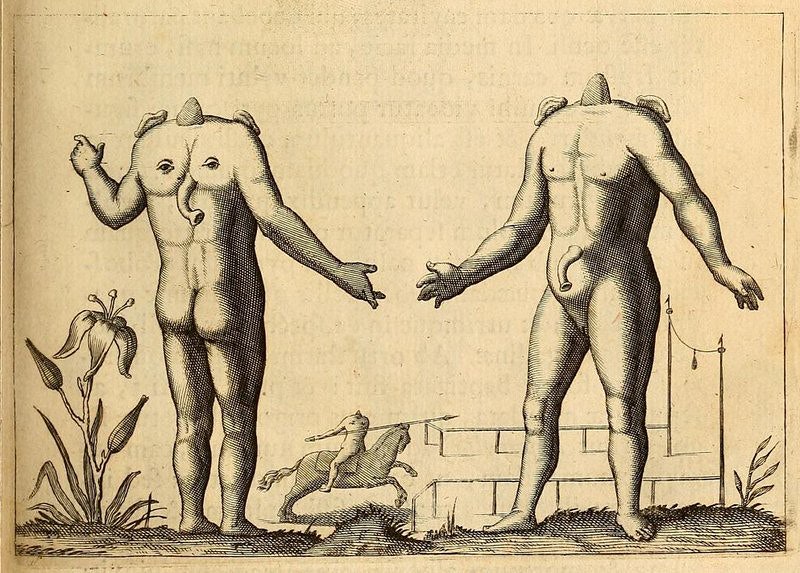Our latest Postgraduate and Early Career Takeover post is by Anna Cusack. She is a PhD student at Birkbeck, University of London, and co-edits the blog We Hang Out a Lot in Cemeteries. Anna works on the marginal dead of early modern London, focusing specifically on suicides, executed criminals, Quakers and Jews. You can find her on Twitter at @AnnaRCusack.
In 1721, Barbara Spencer was burnt for coining. Her execution was moved at the last minute from Smithfield to Tyburn, after a petition from Smithfield’s inhabitants against having women burnt there.[1] Barbara Spencer’s execution was still attended by a vast crowd, and the people of London did not seem too concerned with this form of execution if it was carried out on the margins of everyday life as opposed to in their neighbourhood. As the original petition for Spencer’s case is lost it is only from a simple newspaper entry that we know it existed, and other newspapers of the time reveal that this was not the only such objection.
By the eighteenth century, alongside the more common petitions of mercy that are found when studying the history of crime and execution, these types of petitions which I have termed ‘relocation petitions’ or, rather, the ‘not in my backyard’ petitions begin to appear and were often reported in the newspapers. The glimpses of the petitions that are visible in these reports show that they highlighted the sensory impact of executions, the problems of crowds, and the general nuisance that the execution would cause due to its proximity to daily life. They were not from the family nor friends of the individual facing execution and show no sympathy for the condemned. Instead, they purely defended the peace and comfort of the local community. Many were similar to the one asking to relocate Barbara Spencer’s execution, however these petitions were always case specific and not every execution held outside the main execution sites of Tyburn, Execution Dock, or, after 1783, in front of Newgate Prison, resulted in a petition for relocation. For example, on the 27 October 1779, fourteen-year-old Isabella Condon was burnt for coining at Smithfield, yet there is no evidence of a petition to relocate her execution.[2]
It was not just executions by burning that provoked relocation petitions. In July 1729, the newspapers reported that ‘Yesterday James Cluff was executed at Tyburn, for the Murder of Mary Green at the Green Lettice in Holborn. He was to have been executed over against the Door where the Murder was committed, but the Neighbours petition’d against it’.[3] The custom of hanging a felon on temporary gallows near the site of their crime, such as in Cliff’s case, had been declining since the late seventeenth century. This decline could also potentially be due to the impact the practice had on the daily lives of Londoners. Therefore, it is not too surprising that these types of petitions began to appear when they do alongside other shifts in the history of execution and the topographical changes of the metropolis.





